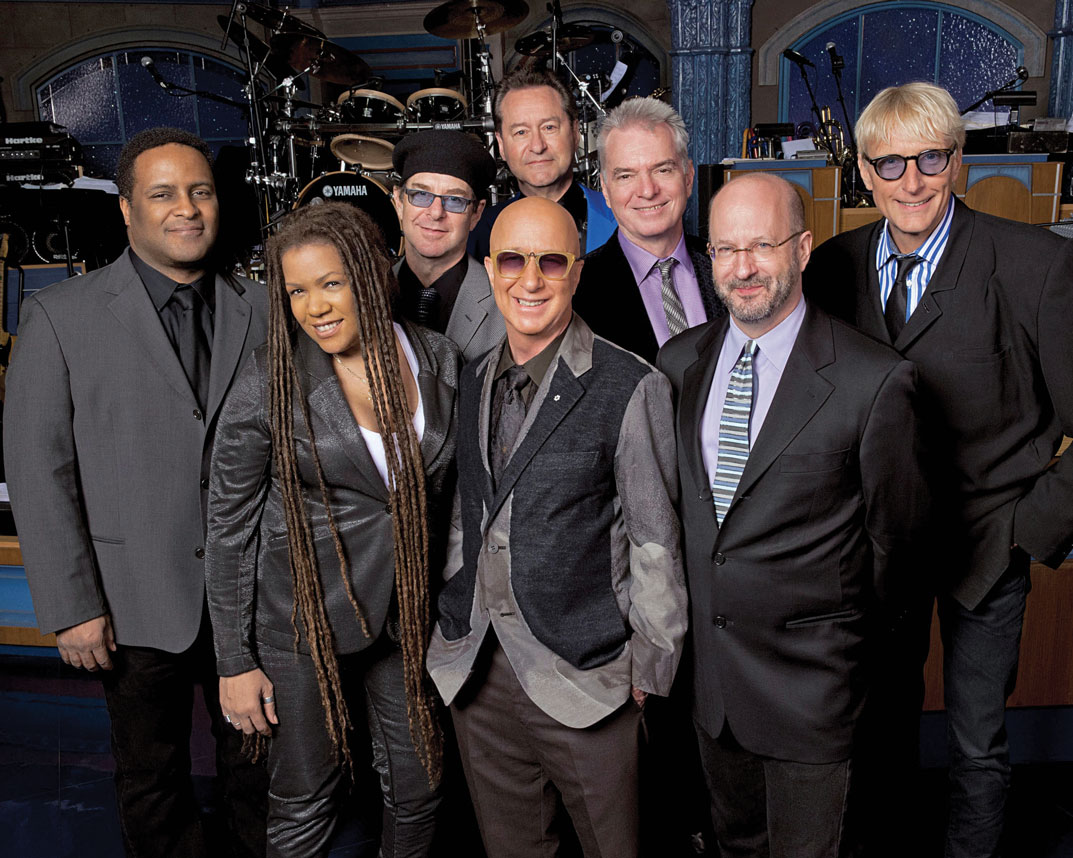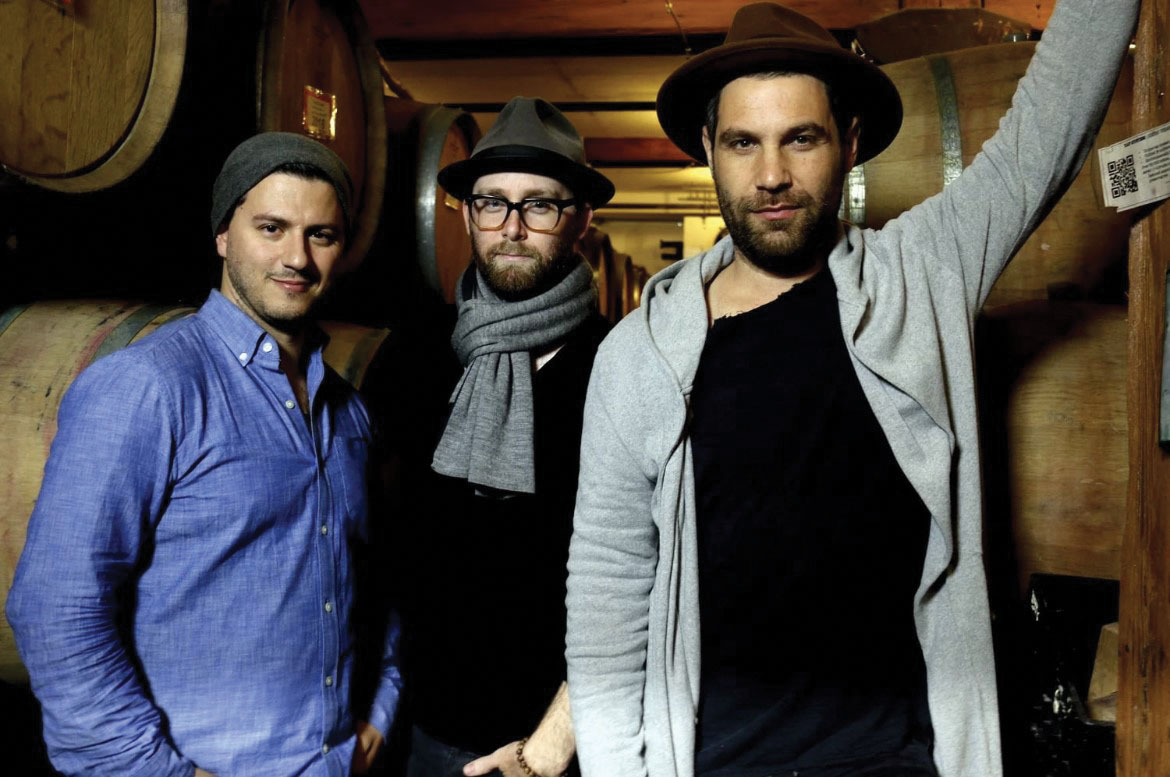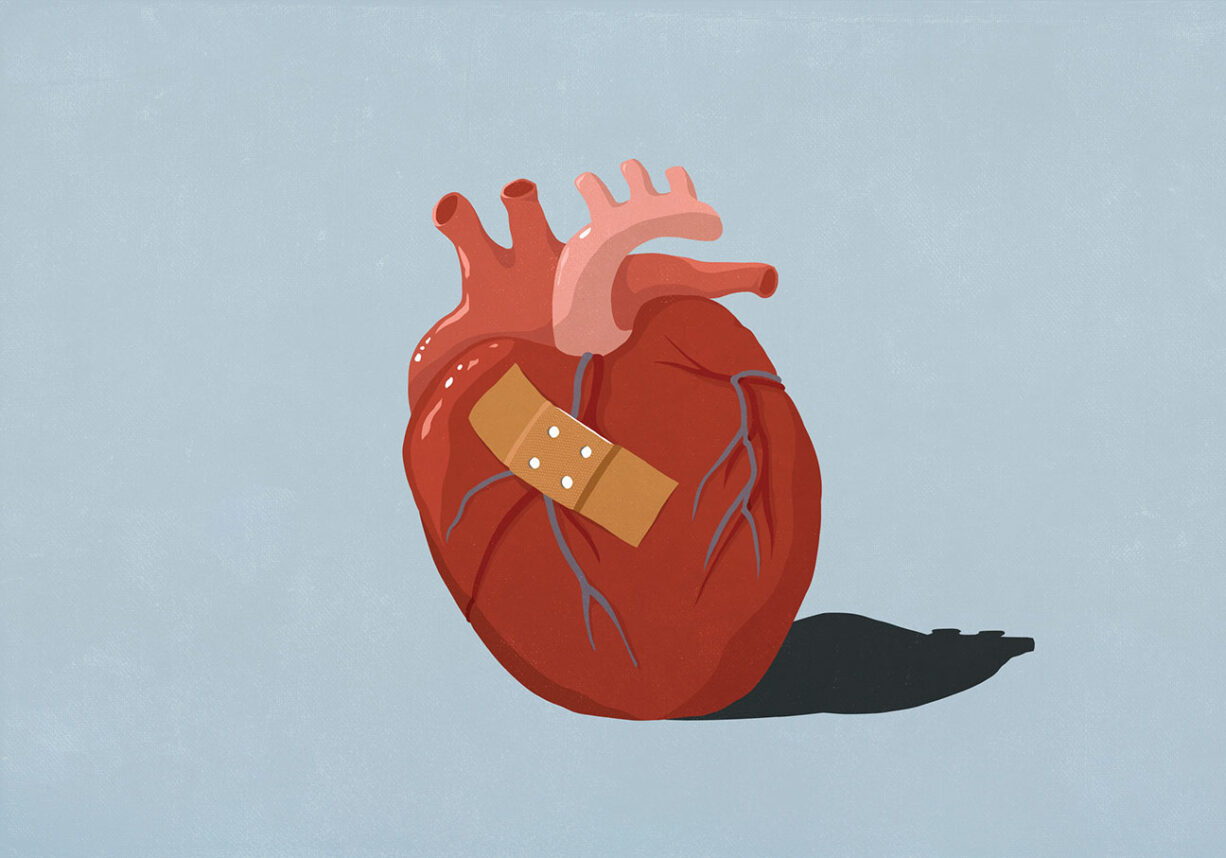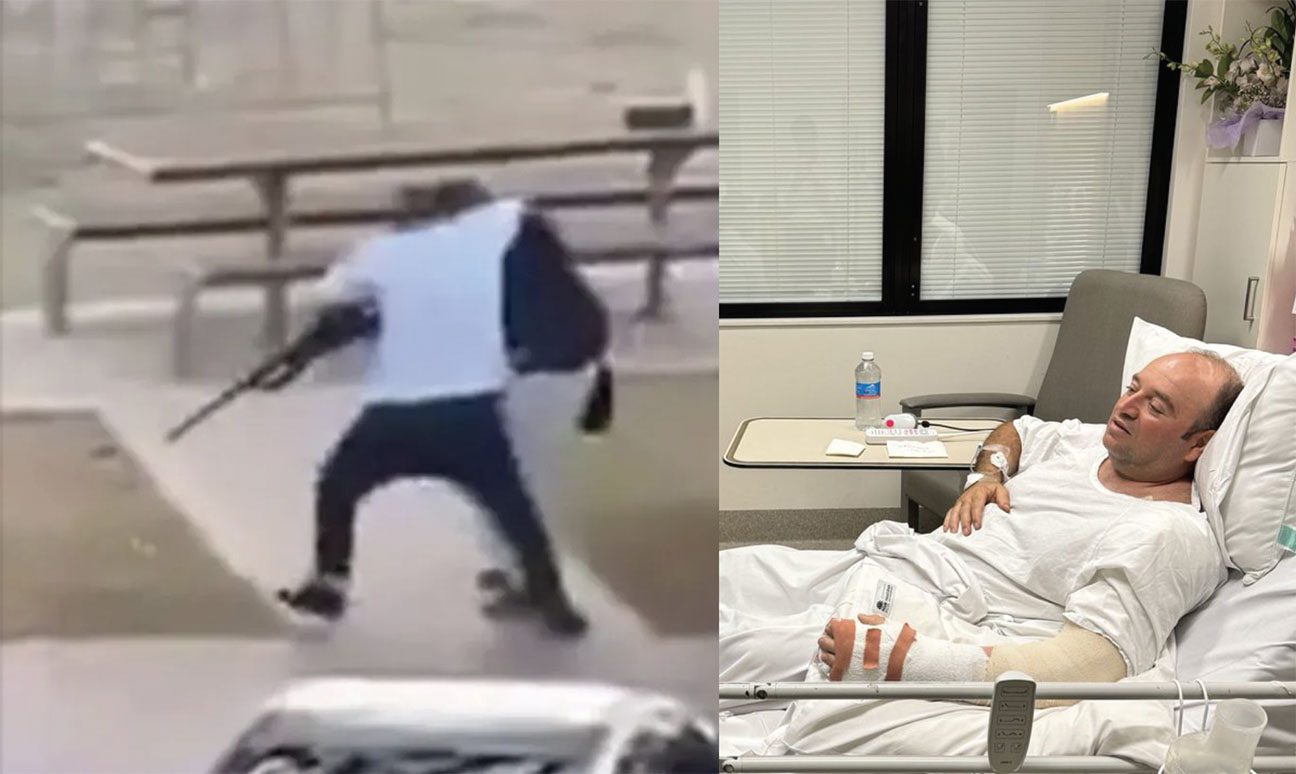
For Paul Shaffer, reassembling his late-night bandmates for an album and a tour was a decidedly “dangerous” endeavor, and not just because the Grammy Award-winning musician hadn’t been on the road since the 1980s.
Shaffer and his musicians were known as the “World’s Most Dangerous Band” when they played on “Late Night With David Letterman” on NBC. When Letterman jumped to CBS in 1993, Shaffer and the band went along but its name stayed behind because it was considered intellectual property. On “The Late Show With David Letterman,” the band became the CBS Orchestra.
“That name [CBS Orchestra] was tongue-in-cheek, anyway,” said Shaffer, 67. “I added horns and Felicia Collins on guitar to make [the band] a little more orchestral, but that first name was always the best. When it came time to make the CD, I was still thinking about it, and my manager said, ‘I don’t know if there are any executives at NBC now that were even alive back when they had those late-show wars.’”
The manager called NBC, and he received permission to use the name again. When Shaffer plays June 24 at the Saban Theatre along with guest vocalist Valerie Simpson, Shaffer will once again front the World’s Most Dangerous Band.
The band’s name — and certainly Shaffer’s — should call up a certain glow of nostalgia for viewers of late-night TV. Shaffer was with the house band for several seasons of “Saturday Night Live” before joining Letterman as musical director and sidekick for 33 years until Letterman retired in 2015. During his concert appearances, Shaffer recounts behind-the-scenes stories about his music and career, tales that he says his audiences are positively devouring.
“Maybe they miss us on TV. They miss the band,” Shaffer said. “A lot of people mention that. They say, ‘It’s so great to hear you guys again.’ ”
The songs he performs, both on the CD “Paul Shaffer and the World’s Most Dangerous Band” and in concert, are a collection of numbers that acknowledge the musician’s many influences. While growing up in Thunder Bay, Ontario, Shaffer listened to the classical and Broadway fare favored by his mother, and the jazz and soul strains of Sarah Vaughan and Ray Charles that his father loved. Shaffer started taking piano lessons at age 6 and took clandestine pleasure listening to the early days of rock ’n’ roll on the radio.
“It sort of galvanized me, and I wanted to learn to play those songs,” Shaffer said. “This was in my youth, a little before the Beatles hit. The song ‘He’s a Rebel,’ I always thought that was my theme song.”
Shaffer’s Jewish upbringing gave him musical opportunities as well. His family attended the Orthodox synagogue, Shaarey Shomayim, where Shaffer became a bar mitzvah and where he performed for the congregation at talent nights and fundraisers.
“I would play pieces from my piano lesson or pieces from the radio I had heard,” he said. “There was always a kid, though, who was one year older than I am, a terrific pianist who just put me away.
“His big song was ‘Jealousy,’ a song from the ’40s, and he could play it with all of the flourishes. I couldn’t come near that,” Shaffer continued. “But then the movie ‘Exodus’ came out [in 1960], with that beautiful theme song written by Ernest Gold. When I learned that song by ear, I was golden at the synagogue because it was such a beautiful song, and I could play it.”
Shaffer joined a rock band in high school and a jazz band in college at the University of Toronto. After graduating, he made a deal with his parents: Shaffer asked for one year to try to make it in the music business. If he failed, he would return to graduate school and pursue a different career. During that year, he booked a job conducting the Toronto company of the musical “Godspell.” That led to a spot in the orchestra pit in the Broadway company of Stephen Schwartz’s “The Magic Show” and then on to the Broadway company of “Godspell.”
He later played with the house band on “Saturday Night Live” for the show’s first five seasons, taking a year off in Los Angeles in 1977 to shoot the pilot for the ill-fated TV series “A Year at the Top” with Greg Evigan for producer Norman Lear. The show was not picked up, and Shaffer returned to New York. His years of bantering with Letterman, and arranging music for John Belushi and Dan Aykroyd as the Blues Brothers and for the annual Rock & Roll Hall of Fame induction ceremony pretty much guaranteed that Shaffer would never need the fallback career that his parents once envisioned.
“My father was a lawyer and he would have loved for me to be a lawyer,” Shaffer said. “Then I found out that, secretly, they loved show business and they were sort of secretly thrilled I was going to give it a try. They got to see me working steadily and they had a great time coming and visiting me in New York and meeting celebrities and such.”
Shaffer’s latest album, his first since 1989, includes a blend of new compositions, old favorites and some lesser-known numbers. The 12-track album includes songs by Sam Cooke, Bob Dylan and John Ellison (“Some Kind of Wonderful”). Through friends, colleagues and his Rolodex, Shaffer approached a series of guest artists and put together a roster including Shaggy, Jenny Lewis, Dion, Leo Napier, Darius Rucker and longtime friend Bill Murray, who bops his way through the upbeat track “Happy Street.”
Simpson, half of the renowned performing and songwriting duo Ashford & Simpson, pairs up with guitarist Felicia Collins on “I Don’t Need No Doctor.” During the live shows, Simpson, the co-writer of such classics as “Ain’t No Mountain High Enough,” goes through a medley of several of her greatest hits.
Like Shaffer, Simpson is enjoying the touring. She refers to her time with Shaffer as “like hanging out with a musical Bible.”
“He knows everything,” she said. “He would dig up songs, obscure songs that I have no recollection of writing, and sing them to me, and embarrass me because I wanted to forget that I wrote them. We have been having great fun on the road, and the crowds are so enthusiastic. It’s almost like, all these years, all they got was a little bit of him. Now they get to get the whole thing.”

































